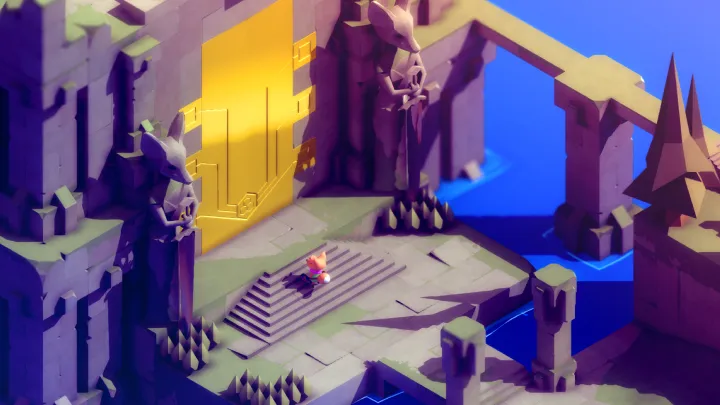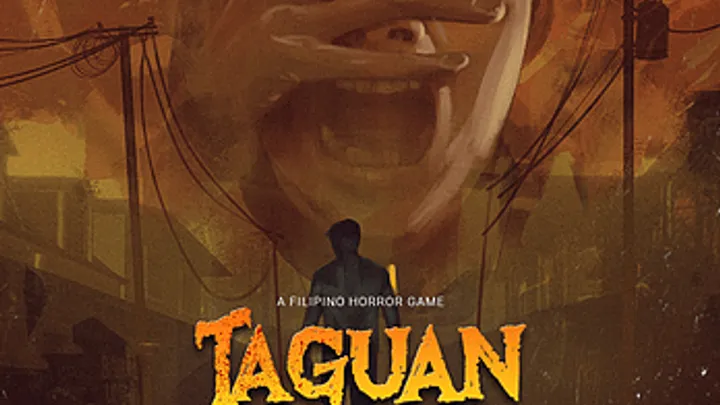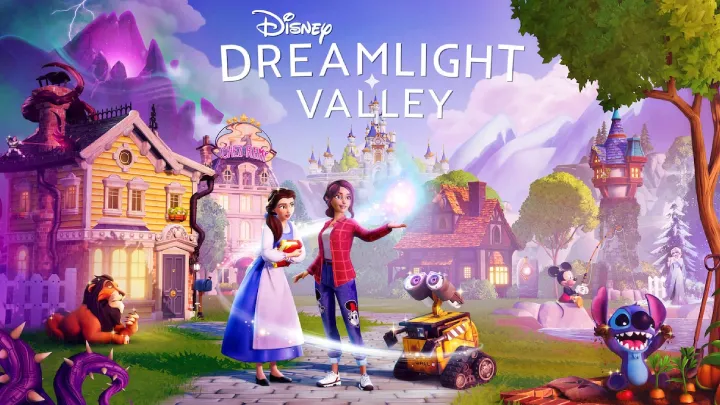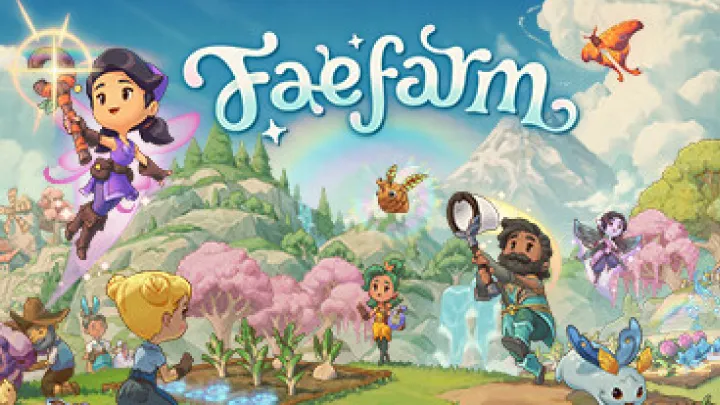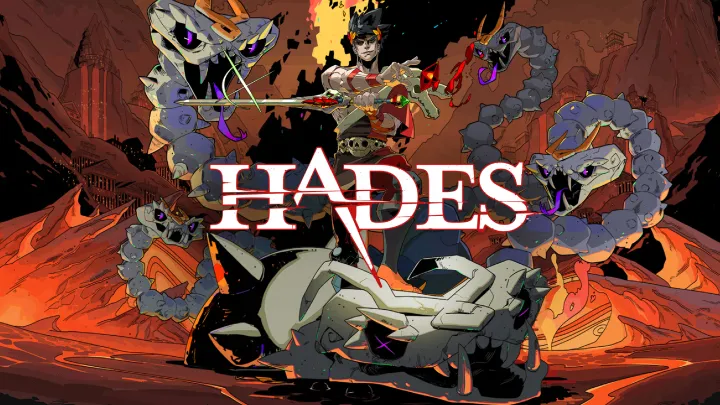
Introduction
Tunic invites players into a seemingly innocent world filled with vibrant colors and adorable anthropomorphic foxes, yet beneath its charming exterior lies a complex labyrinth of exploration, puzzles, and hidden secrets. This action-adventure game, heavily inspired by the classic Legend of Zelda series, challenges players not just to complete quests but to foster a profound sense of discovery. At the heart of Tunic is an exploration of the mechanics of exploration itself: the joy of uncovering hidden pathways, deciphering cryptic messages, and mastering the art of navigation in a world that encourages curiosity and tenacity. This article will delve into the multifaceted nature of exploration in Tunic, focusing on its unique design choices, the significance of environmental storytelling, the role of player agency, and the emotional connection fostered through these experiences.
The Essence of Exploration
Defining Exploration in Tunic
From the moment players step into the world of Tunic, the very essence of exploration is evident. The game offers an overhead perspective that closely resembles classic adventure games, but it quickly distinguishes itself by redefining how exploration is approached. Players assume the role of a small fox equipped with a sword and an insatiable curiosity, navigating an expansive world that begs to be uncovered.
Unlike many contemporary games that provide detailed maps and markers, Tunic eschews explicit guidance. This intentional design choice thrusts players into a world brimming with secrets, where exploration is defined by discovery rather than directives. The first area introduces players to the foundational mechanics while simultaneously hinting at the vastness and depth that await beyond.
The Role of the Player
In Tunic, players are not mere passersby; they are active participants in the unfolding narrative. The game instills a sense of agency from the outset, allowing players to approach challenges at their own pace. This encourages them to forge their unique paths, leading to varying experiences and discoveries. Unlike linear storytelling, Tunic embraces a non-linear approach, cementing the player's role as an explorer in an adorned but cryptic landscape.
The player’s agency is further emphasized by the necessity to experiment and discover. For instance, wandering off the main path can lead to hidden items, knowledge, and mechanics that influence gameplay. This freedom cultivates an environment brimming with possibilities, reinforcing the concept that exploration is not merely about reaching destinations, but uncovering layers of history and lore as well.
Environmental Storytelling
The Power of Visual Narrative
One of the most striking aspects of Tunic is its mastery of environmental storytelling. The world is intricately crafted, with each area offering visual cues that hint at larger narratives. Players can deduce the history of the land and its inhabitants simply by observing the surroundings. Ruins, hidden alcoves, and signs of past conflicts are strewn throughout, beckoning players to piece together the story of the world without reliance on dialogue or overt narratives.
In the game’s initial region, for example, the juxtaposition of lush forests against ancient ruins speaks volumes about a civilization that once thrived. Through these visual elements, players experience a world steeped in history, rich with lore that invites them to explore the implications of their discoveries.
Subtle Clues and Cryptic Messages
Tunic employs a unique language system, filled with cryptic symbols and illustrations that players must interpret. This design choice serves dual purposes: it enhances the immersive experience and emphasizes the act of discovery itself. Rather than providing straightforward instructions, Tunic requires players to actively decipher information, making exploration feel like a puzzle to be solved.
Players encounter manuals throughout the game, gradually revealing game mechanics and lore through illustrations and symbols. This forces players to engage with the world on a deeper level, paying attention to every detail and encouraging them to nestle into the nuances of the game’s design. The thrill of decoding these messages enhances the overall experience, fostering an emotional connection to the world.
The Art of Mastery
Learning Through Trial and Error
In Tunic, mastery is interwoven with exploration. Players are encouraged to engage in trial and error, experimenting with various approaches to navigate the environment and tackle enemies. The game design respects players by allowing them the freedom to experiment without the fear of failure—if a player meets defeat, they can simply respawn and try again, armed with the knowledge of what they learned through their previous encounters.
This system of learning through failure creates a satisfying feedback loop. Each enemy defeat or environmental challenge conquered incentivizes continued exploration and engagement. The game flourishes in its capacity to make players feel competent as they progress.
Mastering Combat Mechanics
Combat in Tunic requires precision, skill, and an understanding of enemy patterns. Each encounter encourages players to adapt their strategies based on personal exploration and enemy behaviors. Players must learn the abilities of each foe while honing their skills, leading to rewarding victories against challenging adversaries.
The sophisticated combat mechanics underscore the idea that mastery leads to deeper exploration. As players become more adept at combat, they unlock new areas with tougher enemies and more profound secrets. This creates an organic progression that is intrinsically tied to player exploration—mastering skills and uncovering the environment are mutually inclusive processes.
The Allure of Secrets
Uncovering Hidden Paths
Tunic is laden with secrets waiting to be uncovered. The game rewards curiosity and perseverance, presenting players with hidden paths and optional bosses that embellish the gameplay experience. While some secrets can be found through exploration alone, others require players to decipher symbols from the manuals, further encouraging active engagement.
For example, there are areas obscured from the main path, accessible only when players discover hidden abilities or navigate environmental challenges. This layout design speaks to the theme of exploration as a winding journey, where players must remain vigilant and observant to unveil every facet of the world.
The Thrill of Discovery
Each secret uncovered offers players a rush of satisfaction, reinforcing the allure of exploration. This sense of accomplishment is particularly evident in the game’s collectibles, which often serve as clues to further mysteries. Collecting items linked to lore or gameplay mechanics fosters an emotional investment in the narrative, drawing players intrinsically deeper into the lore of Tunic’s world.
Ultimately, the hidden secrets in Tunic enrich the gameplay experience, encouraging players to engage thoroughly with the environment. The sense of reward linked to each discovery highlights how the game masterfully intertwines exploration with emotional fulfillment.
The Emotional Connection to Exploration
Immersive world-building
The world of Tunic resonates with players on an emotional level, thanks to its thoughtful world-building and intricate design elements. Each location—from the serene meadows to shadowy dungeons—conveys a distinct atmosphere and emotional tone, adding layers to player experiences. The environments spark emotional responses, making players feel both wonder and trepidation as they navigate the world.
The haunting soundtrack complements the exploration, entwining itself with the visuals to amplify the feeling of solitude and discovery. As players traverse various realms, these audio-visual elements work in tandem to enrich the emotional journey.
Personal Growth Through Exploration
The act of exploration in Tunic goes beyond discovering secrets or overcoming enemies; it mirrors a personal journey of growth for both the character and the player. The fox character navigates treacherous landscapes and confronts formidable foes, reflecting their growth as they come to terms with courage, resilience, and tenacity.
Players, too, undergo an emotional journey as they immerse themselves in the exploration. The challenges faced, the puzzles solved, and the victories earned create a narrative that enriches the personal connection players feel to the game. Tunic is not just a game about exploration; it’s a metaphor for personal discovery and growth.
The Power of Community in Exploration
Shared Experiences
Tunic’s design fosters a unique sense of community among players. The exploration and discovery mechanics invite players to share their experiences, tips, and secrets through online platforms and forums. The allure of uncovering hidden elements becomes a communal journey, as players connect over shared successes and challenges faced during their adventures.
These discussions on various platforms evoke a spirit of camaraderie. Players are eager to share personal discoveries, map out puzzle solutions, and strategize for tough battles. This sense of shared exploration enhances player engagement and creates a richer gaming environment.
The Creation of Fan Lore
Tunic's enigmatic story encourages players to develop their theories and interpretations about the world and its inhabitants. This collaborative nature leads to the creation of fan lore, enhancing the game's depth beyond its core narrative. Community interpretations serve to extend the lifeline of the game, ensuring that the excitement lives on well beyond the game’s ending.
The game’s open-ended nature fosters an environment where players contribute to the narrative tapestry, enriching the lore and creating a lasting legacy. This thread of community-driven storytelling becomes a vital aspect of why Tunic resonates with its player base.
Conclusion
In a landscape saturated with games prioritizing linear narratives and guided experiences, Tunic stands as a testament to the power of exploration and discovery. Through its unique design choices, commitment to environmental storytelling, and emphasis on player agency, the game captivates players and fosters an emotional connection to its world.
As players traverse its intricacies, they are not just seeking rewards; they are discovering themselves and the broader narrative surrounding them. Tunic brilliantly captures the essence of exploration, inviting players to embrace uncertainty, decipher hidden messages, and ultimately find joy in the journey itself. This exploration-driven experience solidifies Tunic as a noteworthy example in game design, celebrating a rebirth of discovery that is vital in contemporary gaming.
